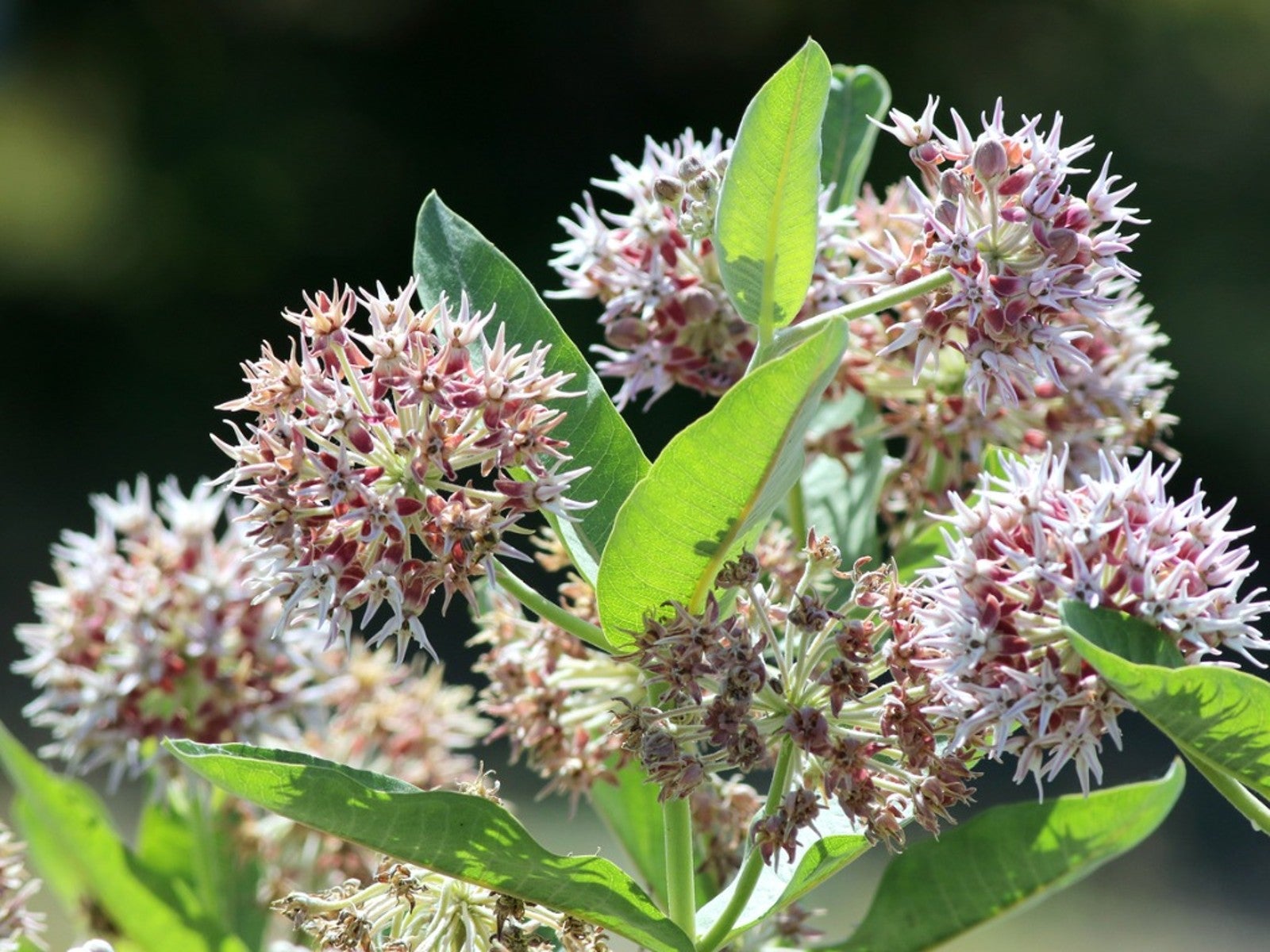Growing Showy Milkweed From Seed Or Cuttings


For many ornamental gardeners, attracting pollinators and beneficial insects to flower beds is a top priority. Various types of milkweed are especially popular options, for their distinctive ability to help support populations of monarch butterflies. Plantings of native showy milkweed are most commonly added to wildflower meadows and more naturalized areas. Learning more about growing Asclepias showy milkweed can help gardeners to better determine if this hardy plant is a good choice for their own beds and borders.
How to Plant Showy Milkweed Seeds
Also known as Asclepias speciosa, showy milkweed plants are hardy to USDA growing zones 3-9. Once established, these perennial plants will return and bloom seasonally. Though much of the milkweed habitat is threatened by development, individual plants are able to quickly spread through rhizomes. Still, milkweed is most commonly known for its production of seed. After showy milkweed flowers complete bloom, each plant produces uniquely shaped pods. Pods are filled with silk-like strands, each of which are attached to a single seed. After the pod splits open, seeds are spread rapidly by the wind.
Like many perennial plants, growing showy milkweed from seed requires a gardener to plan carefully. Showy milkweed seeds are often planted outdoors in fall or early winter. If you choose to sow the seeds indoors or in trays you’ll first need to cold stratify the seeds for a period of at least 2-4 weeks. This period is required to initiate and increase germination rates. Slow-to-grow seeds may take at least one month before the first signs of growth appear. Once plants have several sets of true leaves, the seedlings can be transplanted carefully into prepared flower beds.
Other Propagation Techniques
Though starting showy milkweed plants from seed can be somewhat difficult, growers do have another option. Experts suggest that new milkweed can be rooted from cuttings that have been taken in spring. With proper care, new cuttings should begin growing within 6 weeks. When taking cuttings, gardeners should proceed with caution. Milkweed is known for its milky latex-like sap. Exposure to or accidental ingestion of this toxic sap can be quite dangerous to both humans and animals. Gardeners should always wear gloves and use eye protection when handling this plant.
Sign up for the Gardening Know How newsletter today and receive a free copy of our e-book "How to Grow Delicious Tomatoes".

Tonya Barnett has been gardening for 13 years. Flowers are her passion. She has transformed her backyard into a cut flower garden, which she regularly chronicles on her YouTube channel http://www.youtube.com/@tonyawiththeflowers.